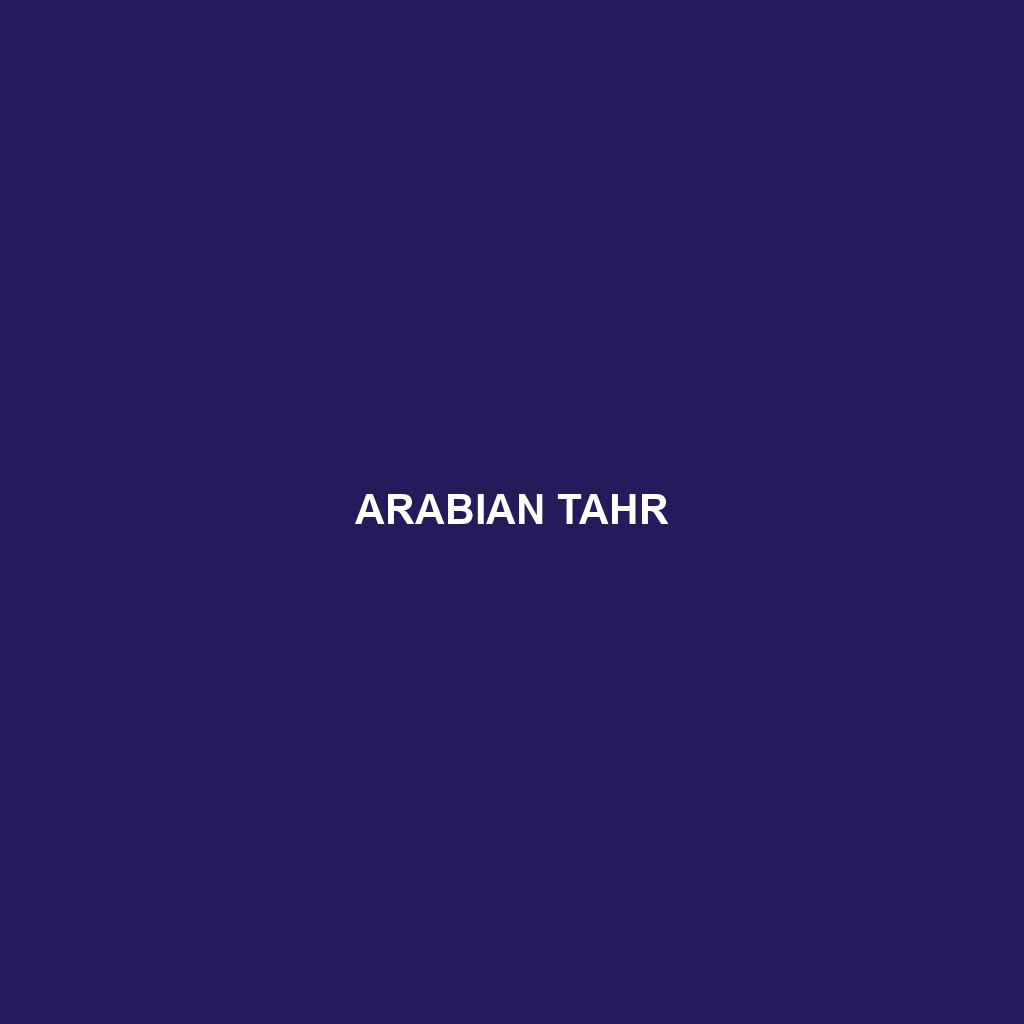Aoudad Species Description
Common Name: Aoudad
Scientific Name: Ammotragus lervia
Habitat
The Aoudad, also known as the Barbary sheep, primarily inhabits the rocky, mountainous regions of North Africa and the Middle East. They are often found in countries such as Morocco, Algeria, and Tunisia, where they favor steep cliffs and rugged terrains. Aoudads thrive in arid and semi-arid environments, typically favoring dry grasslands, rocky hills, and scrubby areas that provide adequate shelter and foraging opportunities.
Physical Characteristics
Aoudads are robust animals, usually weighing between 90 to 300 pounds (40 to 136 kg). Adult males stand about 3 to 3.5 feet (0.9 to 1.1 meters) tall at the shoulder. Their coat is typically a sandy or reddish-brown color with white markings on the face and legs. Males possess distinctive curved horns that can grow up to 3 feet (0.9 meters) long, while females have shorter, straighter horns. Their long, shaggy fur helps them endure the harsh temperatures of their habitat.
Behavior
Aoudads are primarily crepuscular, meaning they are most active during the early morning and late afternoon. They are social animals that live in small herds, usually consisting of females and their young, while adult males tend to be solitary or form bachelor groups. Aoudads are excellent climbers, often using their agility to navigate steep terrains in search of food and water. Their keen sense of sight enables them to detect predators from great distances.
Diet
Aoudads are herbivorous, primarily grazing on grasses, shrubs, and other vegetation. Their diet often includes a variety of tough, drought-resistant plants, making them well-adapted to their arid environments. They are also known to consume leaves, fruits, and seasonal vegetation, which provide essential nutrients throughout the year. This diverse diet allows them to thrive in conditions where forage availability fluctuates.
Reproduction
The breeding season for Aoudads typically occurs from September to November. After a gestation period of approximately 150 days, females give birth to one to two lambs, usually in the spring. Newborn Aoudads are precocial, able to stand and walk shortly after birth, which aids in their survival in the wild. Maternal care is vital, as females are highly protective of their young, keeping them hidden from potential predators during the early weeks of life.
Conservation Status
The Aoudad is currently classified as Near Threatened by the IUCN due to habitat loss, hunting, and competition with domestic livestock. Conservation efforts are underway to protect their natural habitats and ensure sustainable population levels.
Interesting Facts
Aoudads are known for their impressive climbing abilities and can navigate steep cliffs with ease. They have been introduced to various regions outside their native range, including parts of the United States, where they have established populations. Aoudads are also considered a popular game species among hunters.
Role in Ecosystem
Aoudads play a significant role in their ecosystem by influencing vegetation growth and structure. As herbivores, they help control plant populations, promoting biodiversity. Their foraging habits can also affect soil composition and erosion control, making them important contributors to their natural habitat. Additionally, Aoudads serve as prey for larger predators, which helps maintain the balance within the food web.
